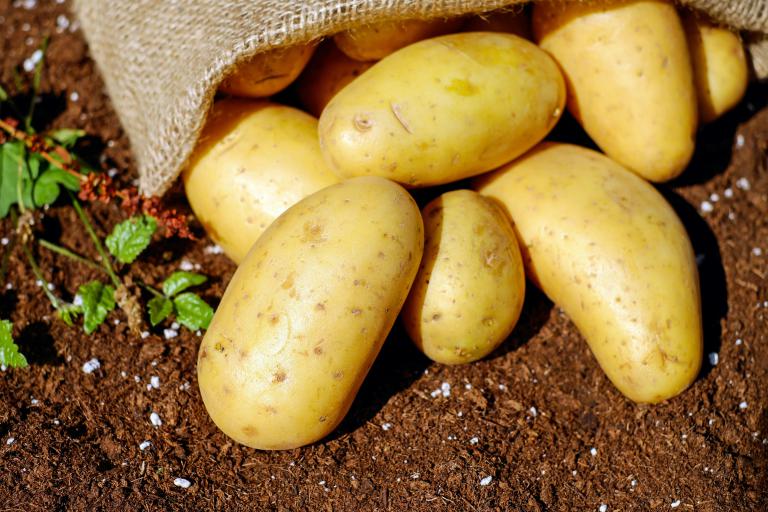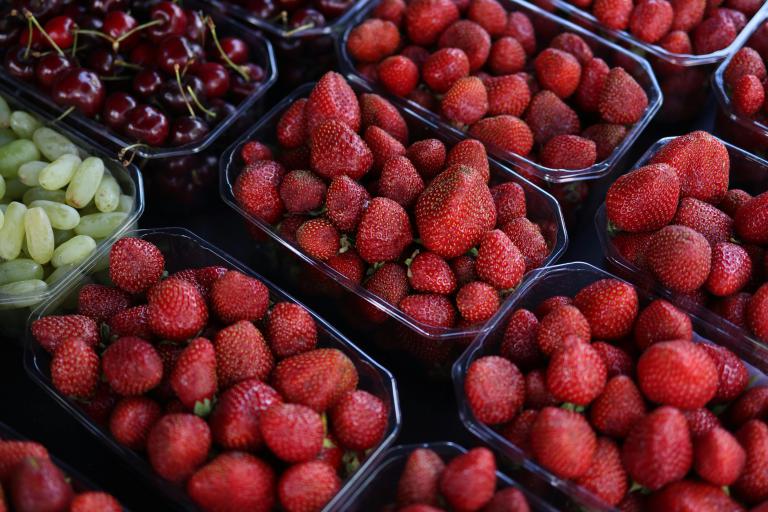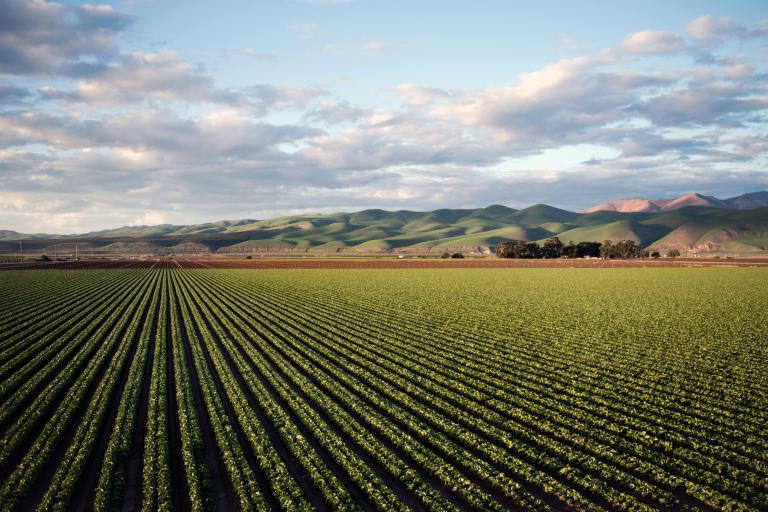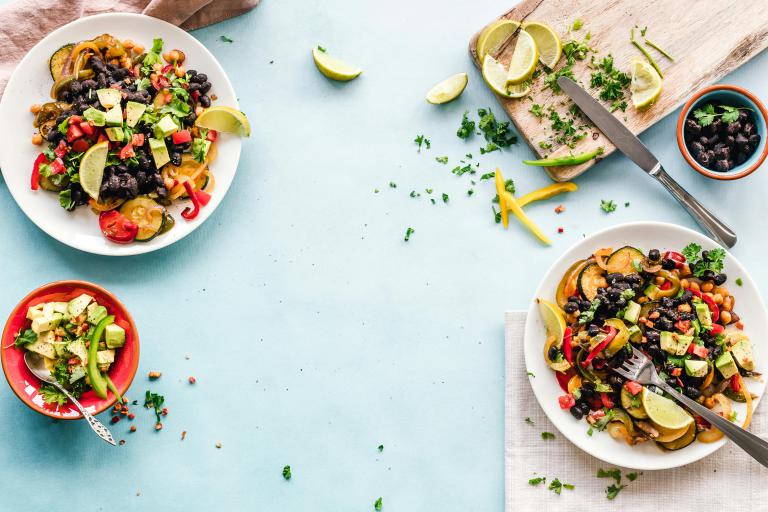The potato, often regarded as a simple staple of many diets around the world, has a fascinating story that travels from the rolling hills of farms to the inviting warmth of our dinner tables. While it may seem ordinary, the journey of the potato is a tale ripe with history, nutrition, culinary versatility, and cultural significance. Let’s delve into this inspiring story.
1. The Farm: Birthplace of the Potato
Planting Potatoes
At the heart of every potato dish begins the farm, the birthplace of this versatile tuber. The process starts with selecting the right seed potatoes—these small tubers are actually pieces of mature potatoes that can sprout eyes, enabling them to grow into new plants. Farmers often choose certified seed potatoes to prevent pests and diseases, ensuring healthier crops and a bountiful harvest.
Why is this important? Healthy seed potatoes yield robust plants that thrive in various conditions, contributing to sustainable farming practices.
Growing Conditions
Potatoes flourish in well-drained, loamy soil with a pH level between 5.5 to 6.5. They require ample sunlight, making them skilled at gathering energy to convert soil nutrients into tasty tubers underground. For example, the well-known Yukon Gold thrives in these conditions while imparting its creamy texture and buttery flavor—ideal for everything from scalloped potatoes to mashed delights.
Farmers usually adopt crop rotation practices to prevent soil depletion and keep pests at bay. This technique not only improves soil health but also boosts yield quality by growing other crops in between potato seasons.
The Challenges of Potato Farming
While potatoes are relatively easy to grow, they face multiple challenges including blight, pests like the Colorado potato beetle, and varying weather conditions. Farmers often use integrated pest management (IPM) strategies that include crop rotation and natural predators to keep pests under control, striking a balance between productivity and ecological consideration.
2. Harvesting: The Excitement of Digging Up Potatoes
Once summer slips into autumn, it’s time to harvest the fruits (or tubers) of labor. The anticipation builds as farmers assess the health of their plants, determining the right moment to begin digging. Healthy potato plants will showcase vibrant green foliage before gradually wilting, signaling that the tubers below are ready for harvest.
The Harvesting Process
Farmers typically use specialized equipment to carefully dig up the tubers, ensuring minimal damage to each potato. Hand-picking in small family farms allows a tender touch, while larger farms may employ tractors equipped with potato diggers. The goal here is precision—damaging potatoes at harvest means higher chances of spoilage, which translates into financial losses.
Once harvested, potatoes are cleaned and sorted based on size and quality. Larger, blemish-free potatoes might find their way to grocery stores, while smaller, slightly imperfect ones could be sold at local markets or even transformed into baby food.
The Importance of Freshness
The journey of potatoes from harvest to table requires careful handling. Freshly harvested potatoes must be stored in a cool, dark place to prevent sprouting and maintain quality. The tenderness of a freshly harvested potato—think of the difference between a crunchy, baked Idaho spud versus a soggy, old potato—cannot be overstated.
3. From Farm to Kitchen: Potato Products
Once the potatoes reach marketplaces, the possibilities are endless. Various forms of potatoes can be found, from the classic whole potato to processed products like french fries, chips, and mashed varieties.
Exploring Culinary Uses
From rustic mashed potatoes to elegant potato gratin and flavorful potato curry, how you use potatoes in your cooking depends largely on their variety. Starchy potatoes, such as Russets, lend themselves beautifully to baking or frying, creating crisp exteriors and fluffy interiors. Waxier types, like red potatoes, are fantastic for salads, retaining their shape after boiling.
Cultural Significance
Interestingly, potatoes have woven themselves into the fabric of various cuisines worldwide. In India, they play a starring role in beloved dishes like Aloo Gobi, while in Peru—a country that gave us the potato—traditional dishes like Causa highlight indigenous flavors and preparations. The cultural exploration of potatoes reveals how this humble tuber adapples to various palates and traditions, enriching our culinary experiences.
4. Nutritional Benefits: Why Potatoes Deserve a Place on Your Plate
In addition to delightful tastes and textures, potatoes offer significant nutritional benefits. They are a rich source of vitamins like C and B6, minerals like potassium, and dietary fiber.
The Health Factor
For those thinking about their health, it's easy to appreciate the potato's role in a balanced diet. When prepared healthily—think steaming or baking instead of frying—potatoes can aid digestion, support heart health, and even provide sustained energy due to their complex carbohydrates.
The Debate on Carbs
However, the potato is often subject to debate regarding carbohydrates. While some adopt low-carb diets, depriving their plates of these nutritious foods, it is essential to understand that moderation is key. Coupling potatoes with proteins and healthy fats—a delightful baked potato topped with Greek yogurt and spinach—is a strategy that allows enjoying this tuber without overindulging in calories.
5. From Table to Table: Versatile Potato Recipes for Every Occasion
Everyday Simplicity
Incorporating potatoes into your meals doesn’t have to be complex. Consider a simple baked potato bar, inviting friends to customize their spuds with toppings ranging from bacon bits to avocado and cheese. It promotes creativity and fosters camaraderie, transforming mealtime into an enjoyable experience.
Special Occasions
For gatherings, potato dishes like gratins or croquettes allow you to impress with minimal fuss. Layering thinly sliced potatoes with cream and cheese creates an enticing aroma as it bakes, filling your kitchen with warmth and comfort—definitely a dish made for sharing.
Challenges in Cooking Potatoes
Despite their versatility, cooking potatoes can sometimes lead to unexpected challenges. Over-mashing can lead to an unappetizing gluey texture, and undercooking can leave an unpleasant crunch. The key lies in practice and timing—knowing when the potatoes are perfectly cooked to achieve that airy and fluffy consistency can truly elevate your dishes.
Conclusion: Celebrating the Potato Journey
From its humble origins on farms to its multi-faceted role in kitchens across the globe, the potato is more than just a vegetable—it is a symbol of sustenance, creativity, and culture. Understanding its journey not only enriches our appreciation for this beloved tuber but also inspires us to incorporate potatoes into our diets more consciously.
So the next time you peel a potato for dinner, pause for a moment to consider its remarkable story. A story that transcends borders, graces our plates, and nourishes our bodies—truly, the humble potato is deserving of its time in the spotlight.





